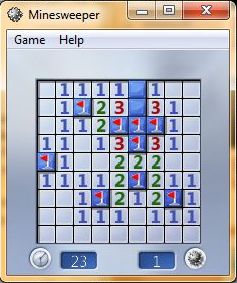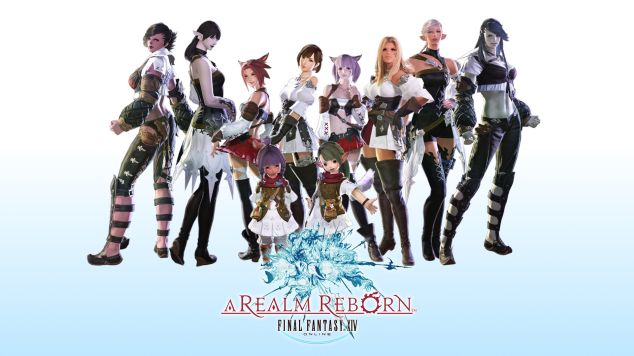Yakuza 0 — The Dragon and the Mask

I’ve wanted to fully get into Sega’s Yakuza series for years now. My first attempt was through Yakuza 3 on PlayStation 3, which I reviewed years ago. Despite the game including lengthy recap videos of the first two games, this plan didn’t work out. In taking this path, I felt like I was missing the impact of several plot points, while other events weren’t given much focus the video to maintain the pacing. Continuity is important for the character development in several Yakuza games, so obtaining context for previous events is important. That, and I also realized I’m not the kind of person that likes catching up through recap videos, unless they’re recapping bad games.
Sega’s western offices didn’t make experiencing the first two games easy, either, since their PS3 (and Wii U) remasters never released outside Japan. But thanks to recent developments with the series, getting into it has become easier than ever.
After years of fans saying Sega was trying to sabotage the series’ western sales, the company had the good idea of releasing Yakuza 0 midway through the PlayStation 4’s life. The combination of this game being a prequel for the series and the gaming audience’s openness to trying new franchises on newer consoles made this the perfect point to jump in. Now that I’ve played it, I can understand why others were so infatuated with it to the point of posting some of its greatest moments on social media.

It helped that Yakuza 0 takes place in the late 1980s, at a time when there was a sizable market for 80s nostalgia. This installment stars Kazuma Kiryu and Goro Majima as playable characters, the former of whom is the series’ mainstay protagonist, while the latter is playable for the first time in a mainline title. As implied by the “0” in its name, the game mostly details the origins of how Kazuma and Majima became the formidable characters they are in later games, and both are going through troubles with the yakuza. They’re also fairly green, which especially applies to Kazuma considering his kindness is at odds with the attitudes of a yakuza and its various organizations. The story is also a good opportunity to see how Majima was personality-wise before he became the madman seen in later games.
There’s a lot of story throughout the game, which is presented entertainingly. It’s akin to watching a Japanese drama, aided by its realistic presentation and how some characters (particularly some new to this game) are modeled after their actors. Like every Yakuza game localized outside the first PS2 game, the title is presented with Japanese voices and English subtitles. It’s a good choice, since it would look jarring to see English coming from the Japanese character models. Some conversations are long-winded, which can be an issue when they lead to battles with further exposition afterward without save points midway through. But it doesn’t detract from the overall experience.
The game’s story occurs in December 1988, notable not because of the above-mentioned 80s nostalgia factor, but also due to how it occurs at the height of Japan’s economic boom. This theme plays into the story and several side quests, with how free some characters are with money. It also touches on the economic inequality that existed around the time, though not quite as much as I’d like.

The locations of Kamurocho and Sotenbori are included here, the game’s versions of the Kabukicho district of Tokyo and Dotonbori district of Osaka, respectively. The former is where most of Kazuma’s quest occurs, while the latter is Majima’s home. Though they’re fictional renditions, they retain several landmarks from the real-life areas. Notable for this game, both areas are loving recreations of how they existed in late 1988.
Even though they’re being reused from previous games, and Kamurocho has been featured in every Yakuza thus far, it’s a joy to explore locations rife with NPCs with 80s clothing styles and actions — like the lack of cell phones in the latter case. Given that and the sheer number of places to go and things to do within the small locations offered, it’s hard to complain. They won’t impress anyone who likes seeing massive, sprawling worlds in video games or is tired of Kamurocho, but both districts represent examples of open world games done right on a small scale.

There are several side quests available in the districts, where both characters can help people or kids out with their troubles. The game seriously shines with these, as nearly all the quests are well-written and stuffed with humor and drama — or both simultaneously. This was the first time in a while where I would have felt like I missed a significant portion of the game if I skipped the side quests. They were also a godsend after coming off a game like Final Fantasy XV, whose side quests are almost entirely fetch quests. Some of them can get a little wordy, similar to the main game’s story, but their resolutions are often worthwhile.
That’s not even getting into all the distractions around the big cities that you can lose yourself in. Having arcade games like Outrun and Space Harrier in the Club Sega arcades is one thing, but having the options to play pool, darts, and go bowling is another. But there are also two minigames with so much depth that they could be sold separately as their own games.
Kazuma’s quest has a real estate game where he invests in establishments within the vicinity of the office he works from, though his expanding business draws the ire of other dangerous people who also own places in the area. Meanwhile, Majima runs a cabaret club that needs more women, and can attract popular hostesses from other clubs in the area — most of which are clearly based on Japanese Adult Video stars, and are voiced by them. Of course, the other owners won’t take that lying down. It’s possible to spend hours upon hours doing these, and though they can get a little frustrating thanks to some quest completion stipulations that pop up after playing them for a while, they’re a lot of fun.

The combat is a big part of the Yakuza games, and 0’s has several expected changes to distinguish it from previous titles. Both characters have three styles they can switch between, and can learn new techniques by talking to the right people. Some are easier to use than others, with Majima’s Slugger style being the most powerful basic style in the game, but they all have depth to them. It’s a pity the game doesn’t provide much reason to explore that depth, since most encounters are pretty easy. Both characters can also hold a bunch of healing items like drinks and food, meaning it’s easy to refill the life bar after taking to many strong hits. But the combat is still fun regardless.
In several areas, Yakuza 0 captures the spirit of the late 80s, but I wish the soundtrack did a better job matching that. The 80s-style music is relegated to a few special battles (though one is notably a 70s-style track) and dance clubs, but it’s scarce outside them. In fact, some tracks feel more modern than those from installments that take place during the 00s and early 10s. This isn’t detrimental to the overall game’s quality or, and the soundtrack is still good, but this would have helped lend the experience an even more distinct feel.
I’m sure you’ve already received the impression that I seriously enjoyed my time with Yakuza 0. It’s one of the best gaming experiences I’ve had this year, and it’s a great starting point for anyone who’s wanted to get in the Yakuza series for a while, which is especially viable now that it can be had for an inexpensive price. I felt a little overwhelmed at the amount of good content here, and I shudder to think that this isn’t even close to the most content-stuffed title in the series.





